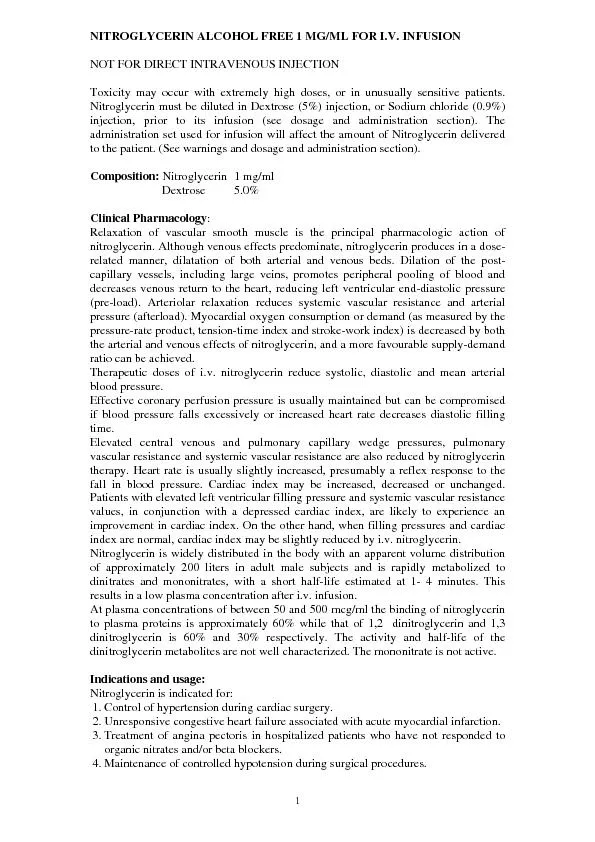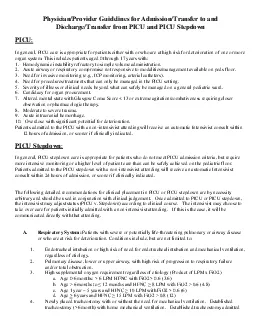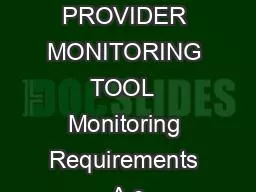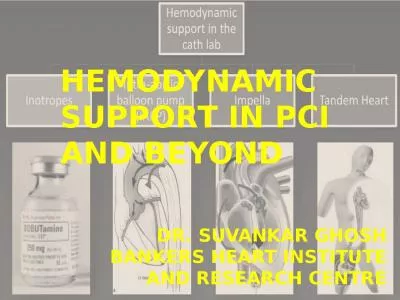PPT-Hemodynamic Monitoring
Author : tatyana-admore | Published Date : 2017-10-20
Clear Sight Noninvasive Monitoring FloTrac Minimally Invasive Monitoring Susan Volk MSN RN CCRN CPAN March 2016 Patient Population ClearSight andor FloTrac monitoring
Presentation Embed Code
Download Presentation
Download Presentation The PPT/PDF document "Hemodynamic Monitoring" is the property of its rightful owner. Permission is granted to download and print the materials on this website for personal, non-commercial use only, and to display it on your personal computer provided you do not modify the materials and that you retain all copyright notices contained in the materials. By downloading content from our website, you accept the terms of this agreement.
Hemodynamic Monitoring: Transcript
Download Rules Of Document
"Hemodynamic Monitoring"The content belongs to its owner. You may download and print it for personal use, without modification, and keep all copyright notices. By downloading, you agree to these terms.
Related Documents














